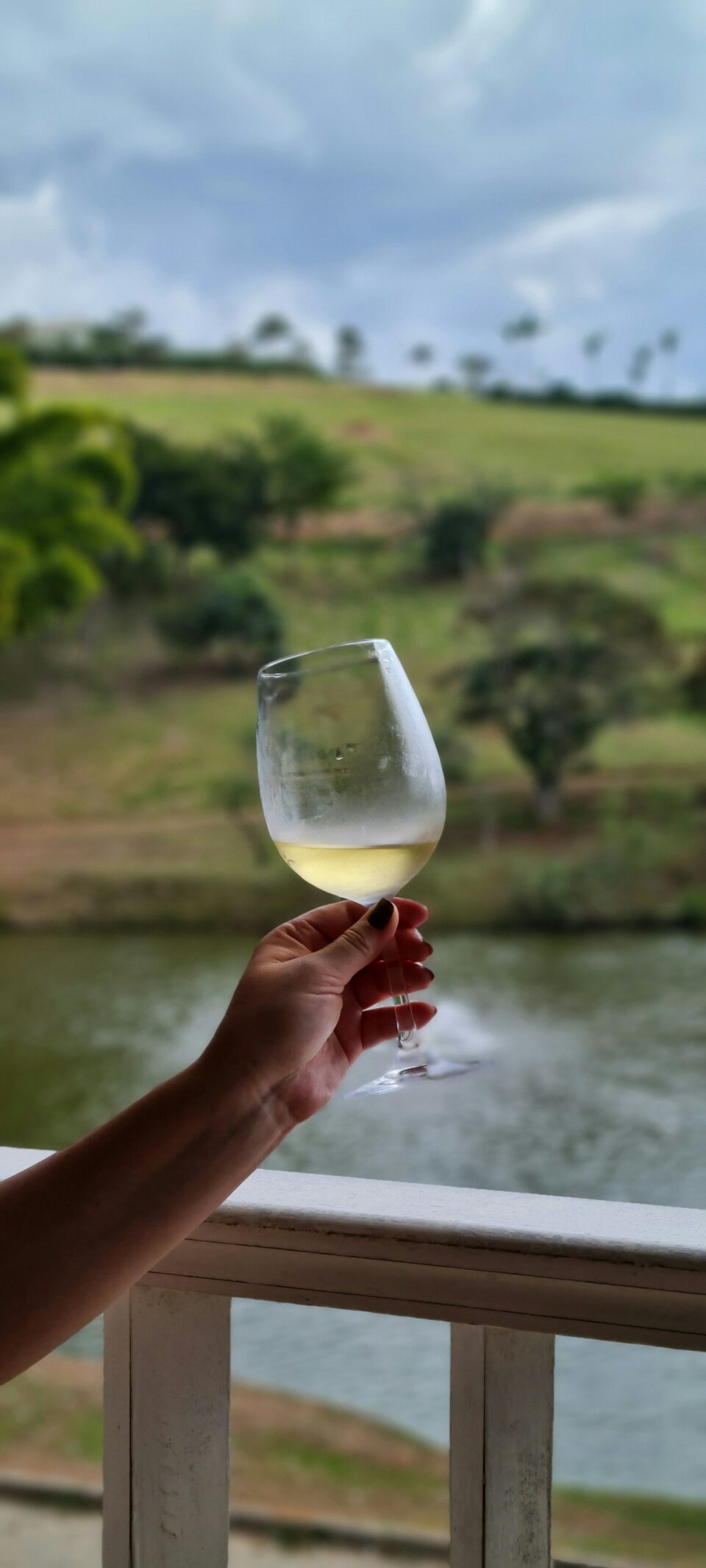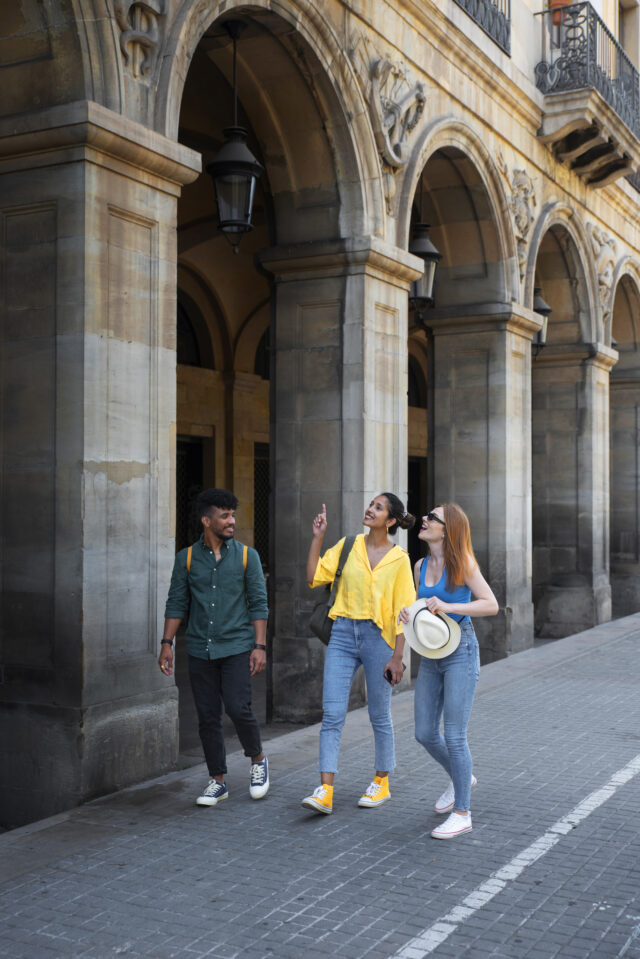Vasco Invest supports expatriates, family offices and institutional investors in acquiring and operating wine real estate in Portugal. Explore our services, browse our blog, or contact us for tailored advice.
Introduction: Why Portugal’s Wine Real Estate Is Booming
Portugal is no longer a niche on Europe’s wine map; it is a fully fledged destination for lifestyle-led real estate and professional vineyard operations. While international attention often gravitates to Lisbon’s cosmopolitan apartments or the Algarve’s oceanfront villas, a quieter, deeper opportunity has been compounding inland: the acquisition, repositioning and management of wine estates that combine tangible land value, agricultural cash flows and experiential hospitality. This triple engine—land + product + experience—can, when executed with discipline, outperform traditional residential models on risk-adjusted terms.
For expatriates, a vineyard estate is not merely an asset class; it is a life project—part sanctuary, part brand canvas, part intergenerational legacy. For institutional investors, vineyards offer portfolio diversification less correlated to urban rental cycles, with long-term appreciation potential, optionality on hospitality and ESG-positive angles around biodiversity and regenerative agriculture. This guide distills what matters: market structure, regional hotspots, feasibility math, due diligence checklists, operating playbooks, risk controls and step-by-step execution so you can move from inspiration to acquisition with confidence.
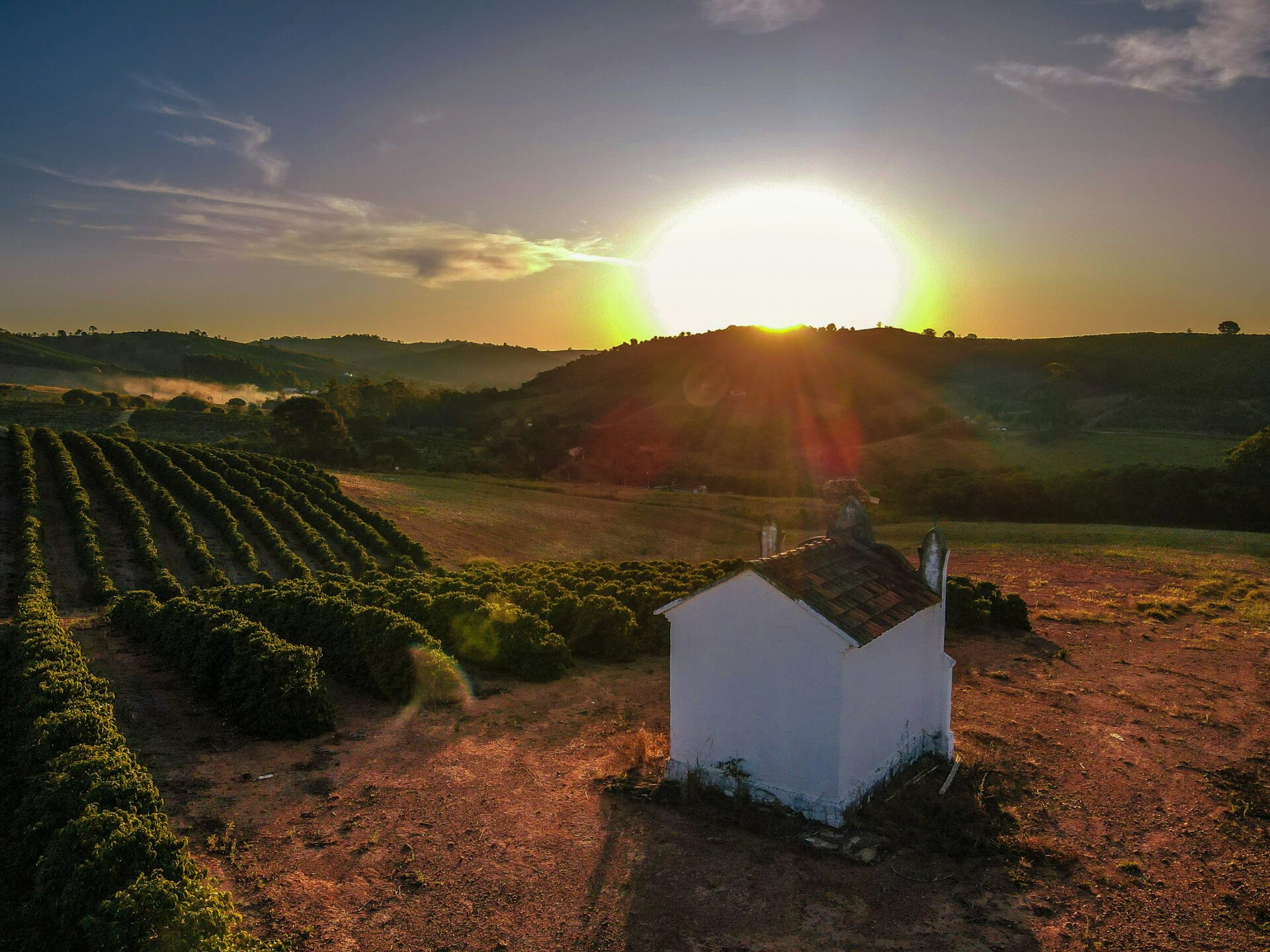
Portugal at a Glance: Heritage, Regions and Demand Drivers
Centuries of Craft and 250+ Native Grapes
Portugal is a wine civilization. With more than 250 native grape varieties and a mosaic of microclimates, the country yields distinctive expressions—from iconic fortified Ports to elegant table wines that increasingly win global acclaim. This biodiversity is strategic: estates aren’t handcuffed to a single varietal narrative and can iterate blends, planting choices and winemaking styles to match terroir shifts and consumer trends. In business terms, biodiversity is a hedge.
Tourism and Lifestyle Migration
Wine tourism has evolved from casual tastings to fully curated experiences: harvest weeks, blending workshops, chef residencies, stargazing dinners in the vines, vineyard-to-table cuisine and wellness retreats. These experiences convert visitors into direct-to-consumer (D2C) subscribers and repeat guests. Parallel to tourism, lifestyle migration—remote professionals and internationally mobile families—drives year-round demand for rural luxury, authenticity and proximity to nature without sacrificing connectivity.
Where the Opportunity Concentrates
- Lisbon Wine Belt (Lisboa & Setúbal): boutique estates within 60–90 minutes of the capital; leverage airport access, international schools and the city’s media gravity.
- Comporta & Alentejo: design-forward villas, full-bodied reds, olives and cork; ideal for high-end agritourism and wellness positioning.
- Algarve: 300+ days of sun, coastal lifestyle, growing network of boutique wineries; dovetails with golf and spa markets.
- Douro Valley: UNESCO terraces, trophy scenery and prestige; higher capex and OPEX complexity but unmatched storytelling power.
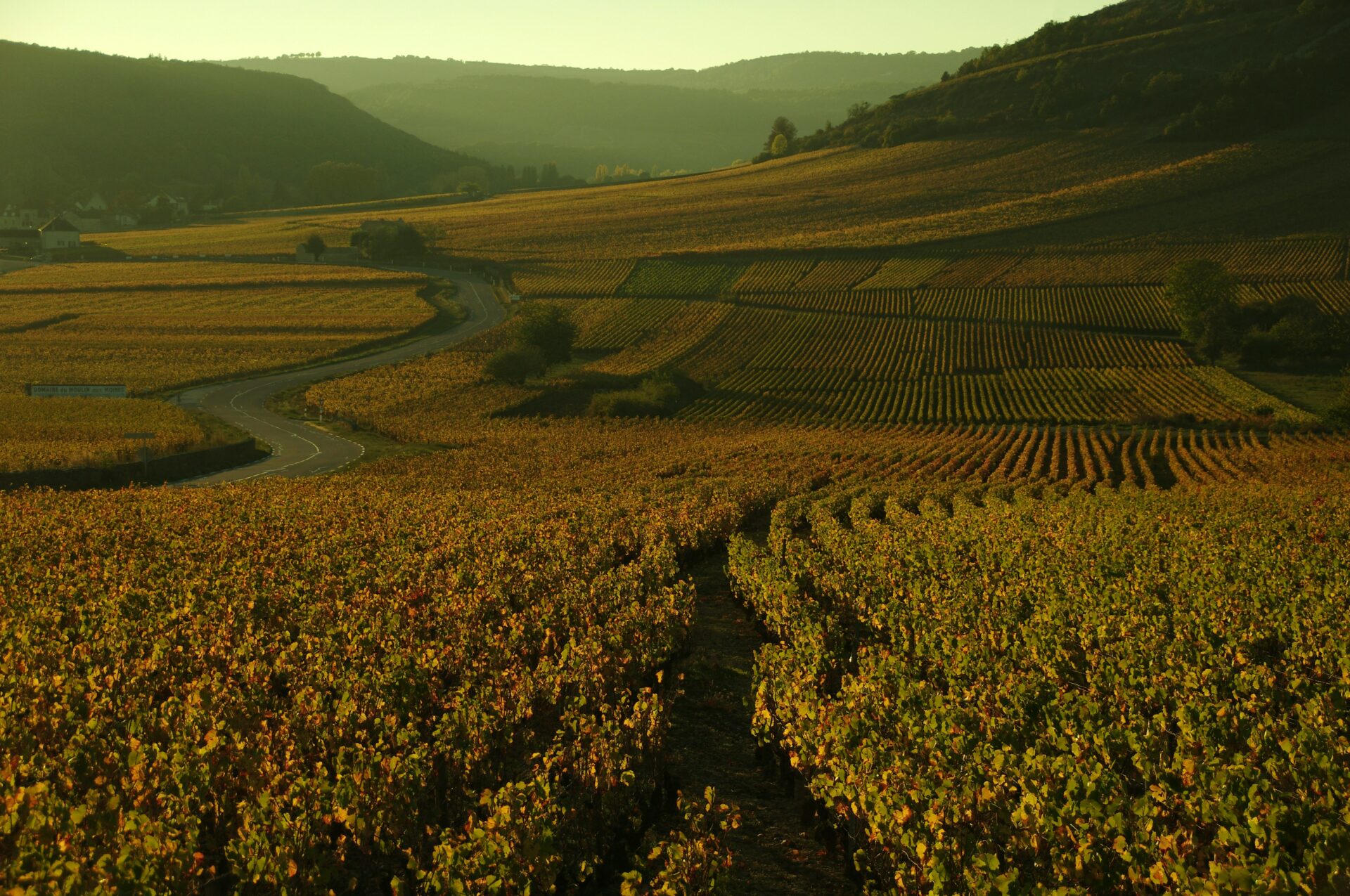
Investor Profiles: Who Buys and Why
Expatriate Principals
Brief: a 5–20 hectare estate with a renovated quinta, turnkey production and scope for 6–12 keys of guest accommodation. Their thesis blends family lifestyle, cross-border diversification and brand entrepreneurship (private labels, culinary programs, residencies). They prioritize aesthetic coherence, privacy, school access and a light operational model supported by local experts.
Family Offices
Brief: 20–50 hectares with professionalized operations, ESG credentials and multi-revenue stacking (wine, olive oil, hospitality, workshops). They run deep diligence on water security, soil maps, varietal mix, disease history, mechanization feasibility and scalability. Governance expectations are institutional: board reporting, KPI dashboards, risk registers.
Institutional/Corporate Buyers
Brief: 50–250+ hectares, established appellations, export footprint and cost visibility. The thesis: efficiency, consolidation and premiumization, with optional hospitality to elevate brand equity and capture high-margin experiences. They scrutinize logistics, appellation rules, export margins and labor pipelines.
Financials 101: Prices, Yields and a Working Model
Indicative Price Brackets (2025)
- Boutique (5–10 ha): €1–3m depending on water, plant age, housing condition and micro-location.
- Mid-size (20–50 ha): €3–8m; premium multiples if licensed hospitality and brand equity exist.
- Large (50+ ha): €10m+; Douro “trophy” estates can exceed this substantially.
Revenue Stack
- Wine sales: farm gate, D2C subscriptions, trade/export. Boutique estates may see 30–55% GM on D2C with brand strength.
- Hospitality: rooms/suites, tastings, private dining, events, retreats. In lifestyle estates, hospitality can reach 20–45% of total revenue.
- Ancillaries: olive oil, merchandise, workshops, culinary residencies.
Worked Example (Greater Lisbon, 60-key Potential)
Assume a consolidated “60 keys equivalent” (a mix of rooms/suites plus event capacity distributed across the year) anchored by ~25 ha of vines and a small olive grove. Stabilized ADR-equivalent: €210; effective annual occupancy: 68%. Wine + ancillaries: €420k/year. Opex at 36% (hybrid hospitality/agri). Topline ≈ €3.12m; NOI ≈ €1.99m. Sensitivities: labor costs, water security capex, brand acquisition costs and yield management discipline. IRR hinges on capex phasing (rooms vs. cellar), renewal cycles and channel mix.
Due Diligence: What to Check Before You Sign
Land and Water
Water is destiny. Validate boreholes, surface rights, storage capacity and climate trend scenarios. Commission soil maps (texture, organic matter, drainage), slope and exposure analysis. In hillside regions, evaluate terrace stability and erosion risk. Confirm parcel boundaries, easements and access roads.
Licensing and Compliance
Confirm wine production licenses, appellation registration, health/safety protocols, and hospitality permits. In coastal or protected areas, expect environmental overlays. Fire regulations, accessibility and wastewater treatment are non-negotiable—especially where hospitality is planned.
Plants and Production
Assess vine age, rootstocks, varietal mix, disease history (e.g., trunk disease), mechanization feasibility and yield variance across parcels. Validate grape intake, cellar capacity, barrel program and bottling logistics. Review contracts with oenologists and agronomists; quality pivots on talent.
Structures and Systems
Inspect structural integrity, insulation, HVAC, acoustic performance, solar readiness and wastewater systems. Hospitality spaces must meet demanding guest expectations: thermal comfort, lighting, ventilation, acoustic privacy and universal access.
Financial and Legal
Analyze historical P&L by revenue stream, vintage variability, forward bookings, supplier terms and export channel margins. Title clarity, liens, labor law exposure and insurance adequacy complete the picture. Build a risk register with mitigations before the SPA.
Regions in Depth: Lisbon, Comporta/Alentejo, Algarve, Douro
Lisbon Wine Belt
The Lisbon belt blends terroir with access. Within 90 minutes of the capital, estates enjoy airport proximity, international schools and a global culinary scene. Hospitality-led models benefit from week-end traffic, corporate off-sites and media coverage. Brand storytelling can amplify through Lisbon’s gastronomy and culture festivals.
Comporta & Alentejo
Comporta’s design language—timber textures, sandy palettes, low-impact volumes—codes for discretion and sophistication. In inland Alentejo, larger tracts offer room for vertically integrated concepts: vines + olive + regenerative agriculture + wellness. Night-sky silence and craftsmanship support long-stay guests, retreats and creative residencies. Positioning: slow luxury.
Algarve
Sun, golf and wellness shape a robust demand triangle. Boutique wineries marry tastings with spa days and coastal hikes. Shoulder seasons can be filled with culinary festivals, harvest weeks and remote-work residencies. Logistics, staff housing and water strategy are key in popular coastal corridors.
Douro Valley
UNESCO terraces deliver prestige and pricing power, but capex and operations are more complex. Terrace maintenance and access constraints lift costs; however, the brand dividend is exceptional for producers intent on premiumization and destination events. It is a domain for experienced operators or partners with deep local expertise.
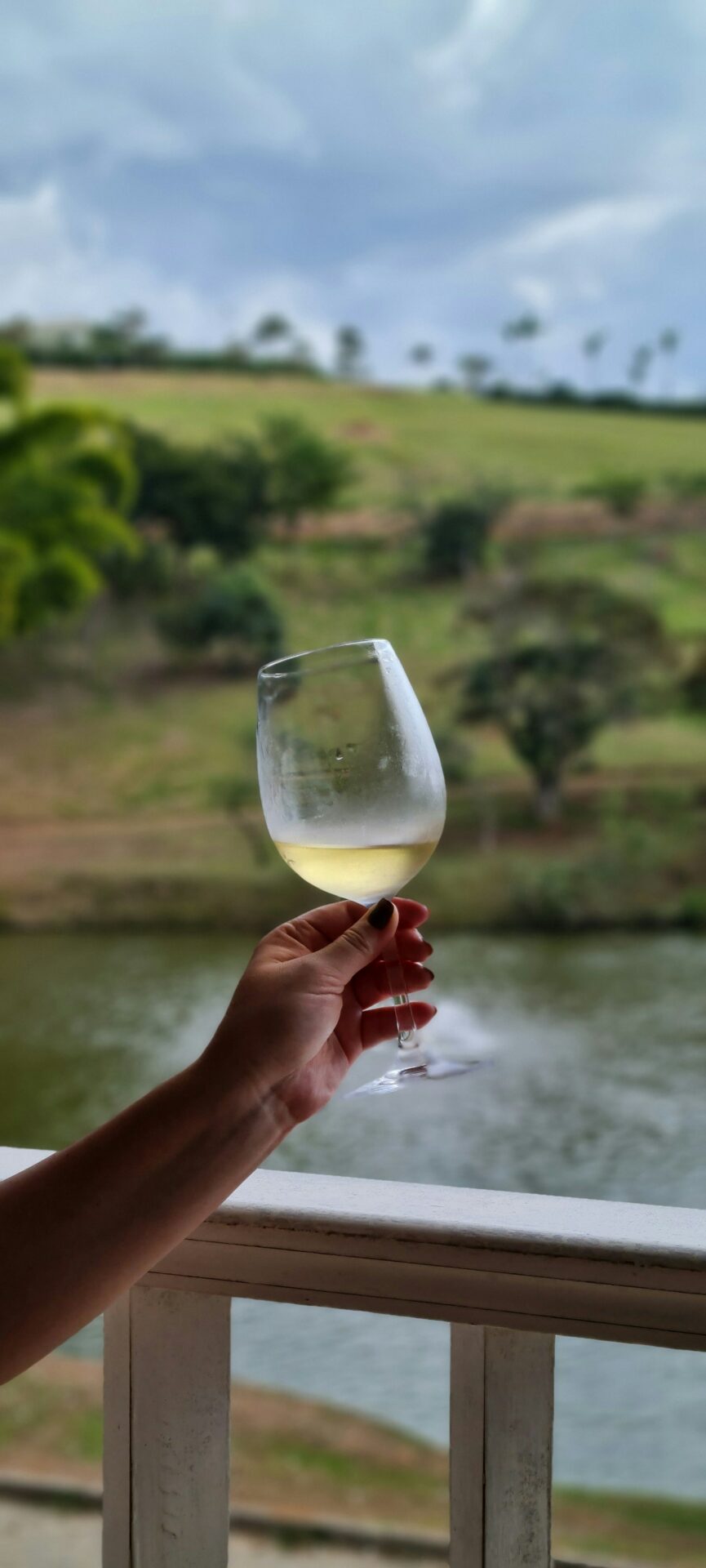
Designing the Product: From Vineyard to Guest Journey
Masterplan Principles
- Zoning: separate production flows from guest tranquility while showcasing craft through framed views and guided tours.
- Mobility: car-free cores; shaded paths; universal access; discreet service corridors.
- Comfort: acoustics, thermal stability and circadian lighting as first-order design goals.
- Outdoor Living: pergolas, fire pits, vine-side lounges and stargazing decks extend seasons.
Room Keys and Typologies
Blend suites above the cellar, studios overlooking vines and family cottages set in olive groves. Private plunge pools and outdoor showers lift length of stay. Provide silent work nooks; many guests are remote workers extending trips when the work setup is credible.
Programming and Community
Programming is your moat: harvest weeks, blending workshops, sunrise yoga, chef residencies, maker markets, astronomy nights. Build a community calendar that layers culture on nature; it increases repeat visitation and supports premium pricing.
Operations: Hospitality Discipline + Agricultural Rhythm
Great estates run like clockwork. Vintage calendars intersect with guest seasons, so staffing must flex without compromising standards. Train for versatility: sommeliers who host tastings and lead vineyard tours; gardeners who can guide botany walks; guest services fluent in local heritage. House standards—linen, scent, soundtrack, welcome rituals—create a brand you can feel. Technology ties it together: PMS for inventory and rates, CRM for guest memory and segmentation, and D2C platforms for subscriptions that smooth cash flow between harvests.
Risk Management and ESG
Climate adaptation (drought-tolerant varietals, canopy strategies, water harvesting), regenerative agriculture (cover crops, composting, biodiversity corridors) and energy systems (solar + heat pumps) turn ESG from checkbox into margin engine. Build neighbor relations with traffic, noise and light policies that protect your social license. Insurance must reflect mixed-use reality: agri + hospitality + events.
Legal, Tax and Structuring Basics
Structure acquisitions through special purpose vehicles (SPVs) with clear shareholder agreements and governance. Map IMT (transfer tax), IMI (annual tax), stamp duties and VAT implications for hospitality. Cross-border buyers should align residency/tax status (e.g., NHR regime evolution) with asset holding strategy. Where heritage elements exist, investigate grants and cultural incentives. Always coordinate legal, fiscal and operational planning before signing the SPA.
Marketing and Distribution
Build a direct channel that converts guests into subscribers: editorial storytelling, estate photography in working moments, behind-the-scenes content with the winemaker, and a calendar of reasons to return. Partnerships with chefs, galleries and wellness leaders extend reach. Rate strategy: reward three- to six-month commitments; price experiences dynamically around harvests, culinary weeks and residencies.
Case Snapshots (Illustrative)
- Lisbon Belt Boutique Estate: 8 ha, 10 keys, ADR €260, 72% occupancy, wine D2C subscribers 1,200; NOI margin ~62% after year 3.
- Alentejo Integrated Estate: 40 ha vines + 10 ha olives, 22 keys, retreat program; wine contributes 38% of revenue, hospitality 49%, ancillaries 13%.
- Douro Premium Producer: 55 ha terraced vines, event barn, export footprint; higher opex but premium pricing and media halo raise brand value.
Step-by-Step: From Vision to Acquisition
- Define your thesis: lifestyle-first vs. scaled operator; target revenue mix and ESG stance.
- Choose your region: Lisbon access vs. Comporta/Alentejo scale vs. Algarve lifestyle vs. Douro prestige.
- Assemble your team: legal, tax, agronomy, architecture, operations, brand.
- Shortlist assets: screen water, soils, structures, licenses, financials.
- Feasibility model: revenue stack, opex, phased capex, risk buffers and IRR ranges.
- Deal structuring: SPV, financing, incentives, ESG covenants; vendor transition plan.
- Close & onboard: supplier continuity, staff retention, safety upgrades, brand relaunch.
Next step: move from inspiration to inspection with a curated shortlist. Contact Vasco Invest.
Internal Links (embed contextually)
FAQ
Is a vineyard only for wine experts?
No. You can partner with oenologists and agronomists while focusing on brand, hospitality and strategy. Expertise is essential, but it can be hired.
How long until stabilization?
Plan for 24–36 months to stabilize hospitality KPIs and D2C subscriptions. Wine cycles are seasonal; brand building compounds with time.
Can I mix private use and rental?
Yes—plan calendar blocks for private use and optimize revenue via minimum-stay rules, retreat weeks and events.
Conclusion & CTA
Portugal’s wine real estate sits at the intersection of heritage, hospitality and modern brand building. With the right region, water strategy, operating model and capital discipline, estates can deliver both romance and returns. Whether you are an expatriate seeking purpose and place, or an investor targeting durable value, the opportunity landscape is rich and expanding.
Ready to move? Contact Vasco Invest to define your thesis, shortlist assets and progress from discovery to due diligence.
Vasco Invest • Portugal Real Estate Advisory • vascoinvest.eu
